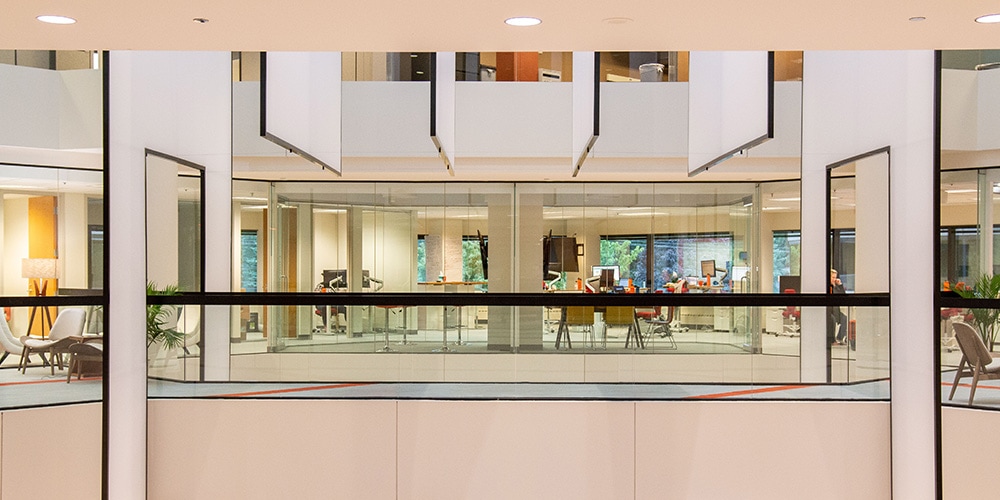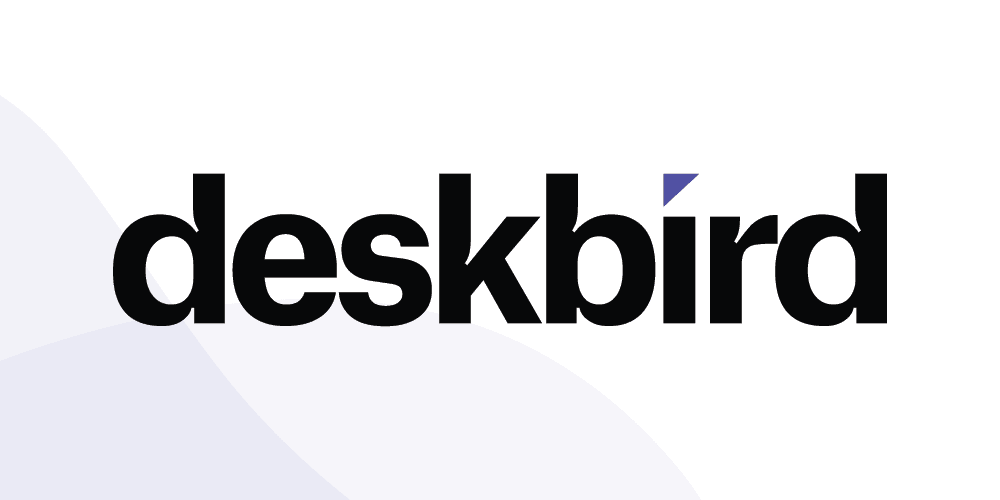How hybrid work and digitalization transform office administration

Today, hybrid work has become one of the main drivers of workplace transformation. Besides the obvious outcomes such as greater flexibility, increased autonomy, and reduced office spaces, hybrid working has also had a significant effect on office administration.We spoke with Hugo Gervais, the cofounder of Urbest, to better understand the impact of the hybrid work on office management and the role of digitalization in this transformation.
How did hybrid work transform office administration?
Hugo: In a hybrid work organization, employees are not available in the office systematically as they shift between different workplaces regularly. This has a few outcomes on the way offices are now administered.
Working part of the week from home creates new habits vis-à-vis the office. For instance, sending written requests for printing or ordering new office equipment, while previously it was done orally and on-site.
Constantly altering workplaces between agencies, points of sale, and coworking also creates new expectations regarding the ease of space use. Can I access it at any time? Do I need a badge? Do my devices remember the local Wi-Fi password? So many little things that can make an employee favor one place over another. Thus, the property managers should try to eliminate any inconvenience to attract employees more widely and more regularly to their premises.
Another challenge is to make the office more pleasant than home. With equivalent comfort, employees will most certainly prefer saving one hour of transport per day. Hence, the importance of establishing a cozy work environment. For instance, creating a possibility to have a break with somewhat exceptional comfort benefits such as a pretty view, a terrace, or a garden.
For property managers, the pandemic has also brought out the necessity to carry out tasks remotely, including general office services for which one still expects a daily presence on site. Today, it is possible to process more requests asynchronously while continuing to stay in touch with the inquirer. Thus, responsiveness becomes a real challenge. Coworkers agree to engage in a conversation in writing, via Slack or Teams, but only if the service provider is highly reactive online.
Why digitalization is essential for the administration of maintenance and services in the office?
Hugo: Digitization offers two main benefits: improving efficiency and producing data that will enrich the understanding of what is happening in offices and how things are administered.
Two types of management methods coexist. A traditional method is based on one service provider (internal or external) with a process restricted to a few people. This rather limited method is now being challenged by an ever-increasing need for information from those requesting a service and their property managers, who wish to supervise the execution of requests more holistically and comprehensively. If previously each service provider and facility officer were operating apart, today, they work hand in hand for the comfort and benefit of office occupants. This, in turn, has resulted in a need for closer collaboration between teams that can be more easily accomplished in a digital space.
The second benefit related to data analysis is still in its early stage. In the future, the information produced via digital applications for office administration will help understand employee dissatisfaction, anticipate drops in service quality, and react before it is too late.
Moreover, property managers will be able to better prepare their budgets thanks to more precise data on office consumption in terms of service time, equipment, and supplies. Finally, they will have access to best practices that collaborative applications are creating around their user communities.
How can collaborative software improve employee satisfaction, generate savings, and motivate employees to return to the office?
Hugo: Collaborative software for facilities, maintenance, and services makes interactions between people faster and more direct. The benefit thus resides in the sum of all the accumulated seconds that ultimately deliver an appreciable time saving for everyone.
Productivity gains thanks to collaborative service platforms are 30 minutes to 1 hour per working day for managers or technicians. In addition, the company receives data that can be valued over time through better knowledge of needs, more relevant calls for tenders, and increased responsiveness. For an inquiring user, the gain is between 10 and 60 minutes per day, depending on the complexity of their request.
For example, a collaborative request avoids follow-up loops when ordering office equipment for a new colleague. It also allows employees to be informed more quickly that a new badge is ready or that the “coffee and croissants” reservation planned for breakfast has been processed.
Similarly, the collaborative service monitoring between facility managers and technicians ensures that the light and temperature in the office are adequate at all times and, thus, guarantees the best possible working conditions.
One could say that the ultimate goal of collaborative office services is to be invisible and to make complaints disappear as fast as possible. If an employee doesn’t feel like they’re wasting time on these requests at the office, then the mission has been accomplished.
From an employer’s point of view, the time spent by an employee on administrative procedures is counterproductive and isn’t usually tracked.
However, there is no shortage of examples: hours spent to fill in days off, make expense reports, get through with an IT request… Each company through its digitization choices demonstrates its degree of attention and respect for the employee’s time.
Employee satisfaction depends on many factors. However, it is clear that the quality of the digital tools made available to simplify the working day plays an important role, as does the quality of the workplace. Making the office more attractive than any other available workplace is therefore essential. It requires more services and comfy spaces so that colleagues enjoy meeting and working together in the office.

Hugo Gervais
Co-founder of urbest.io, collaborative software for facilities, maintenance, and services, a teacher at Paris Dauphine University, and author of the Urbest blog.




